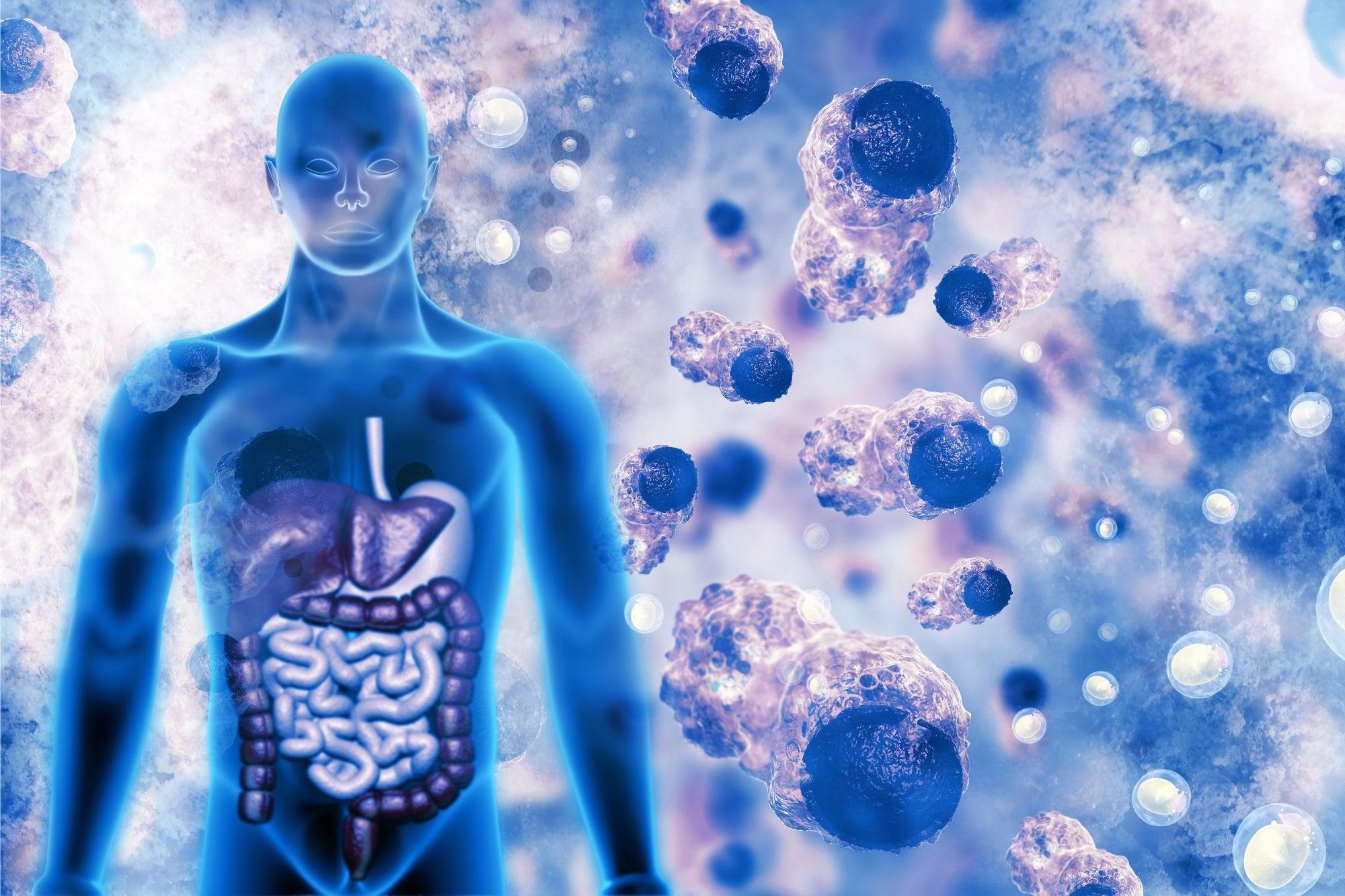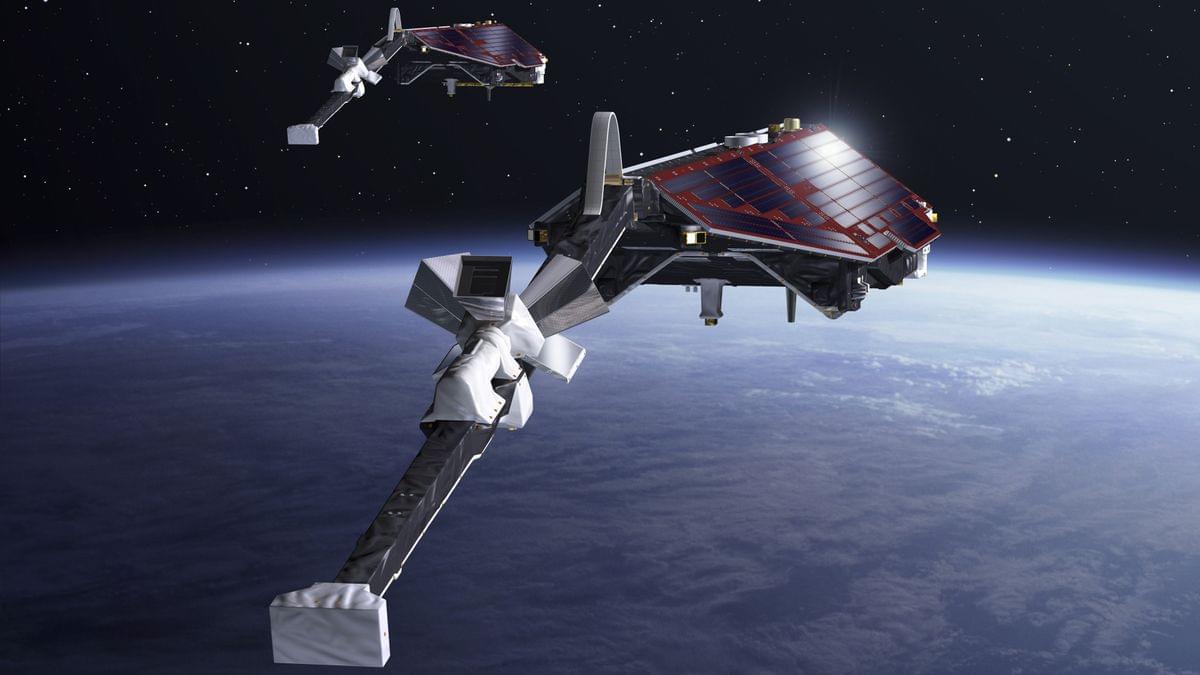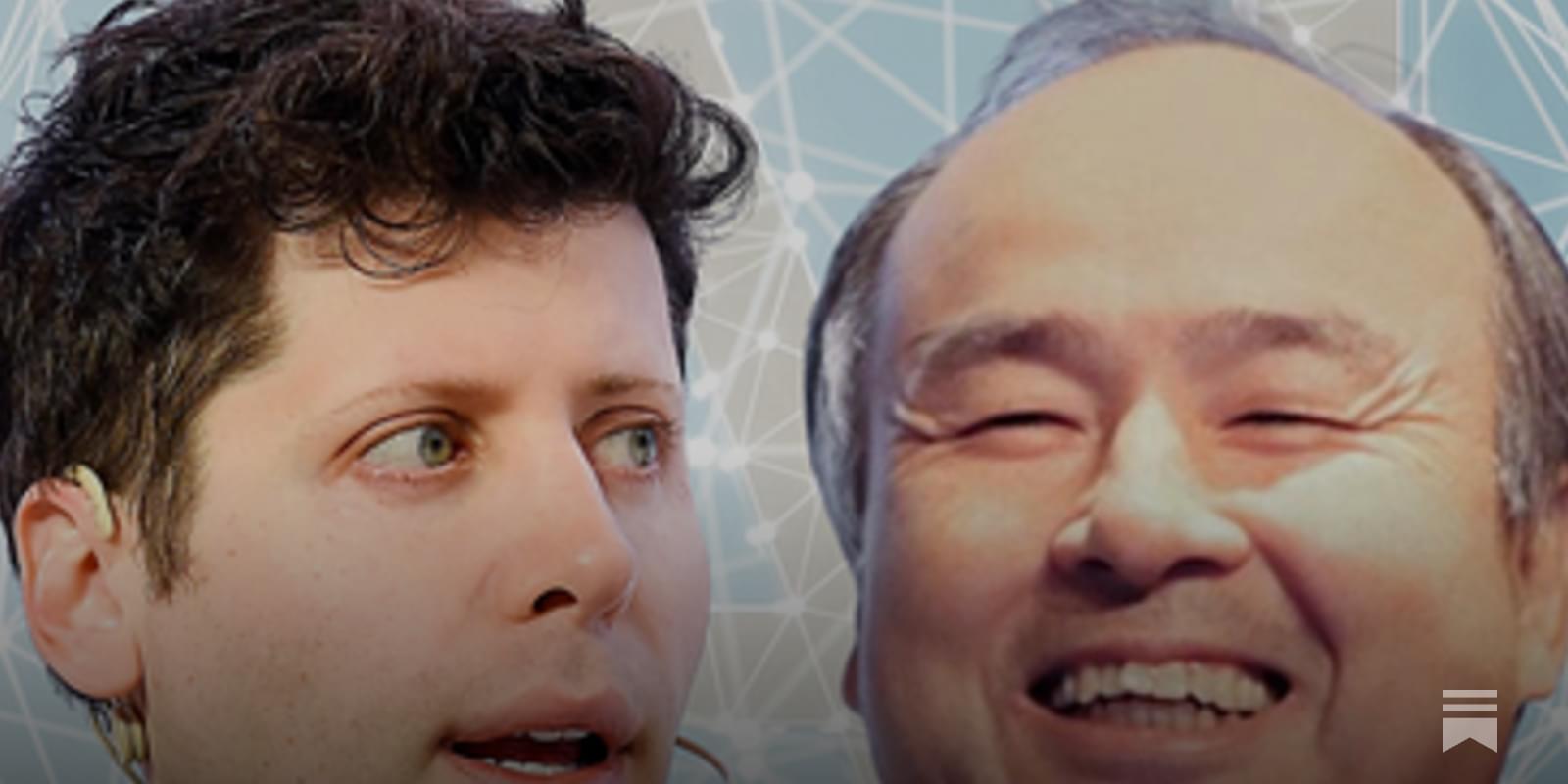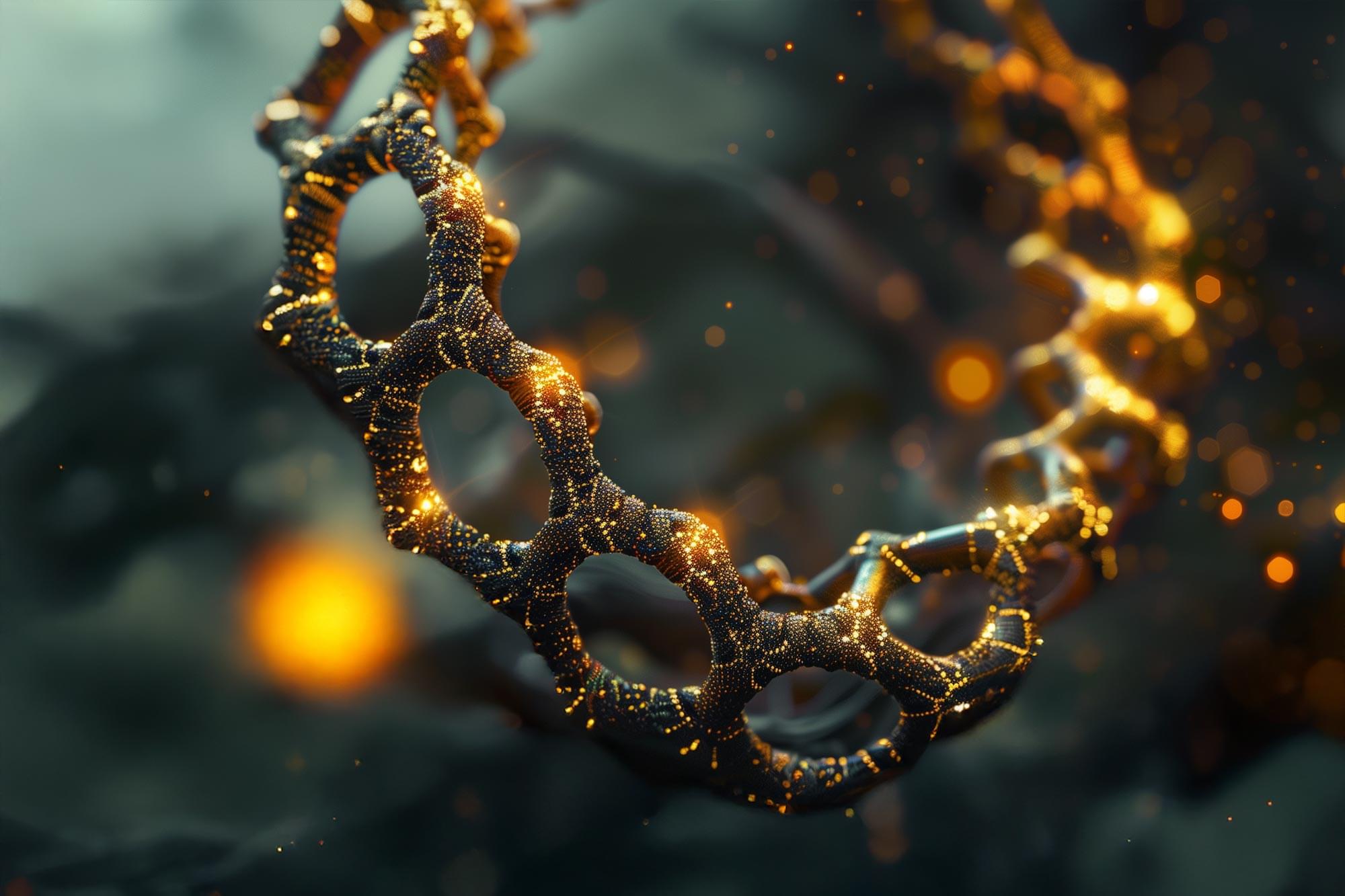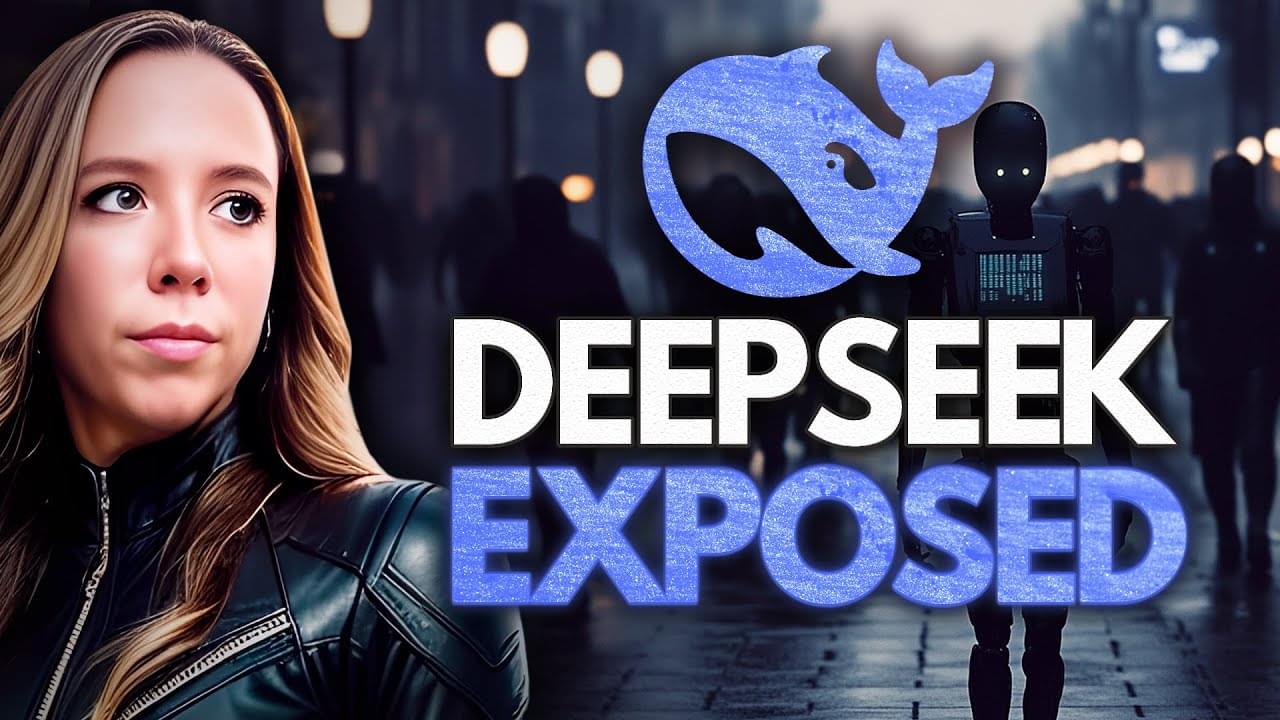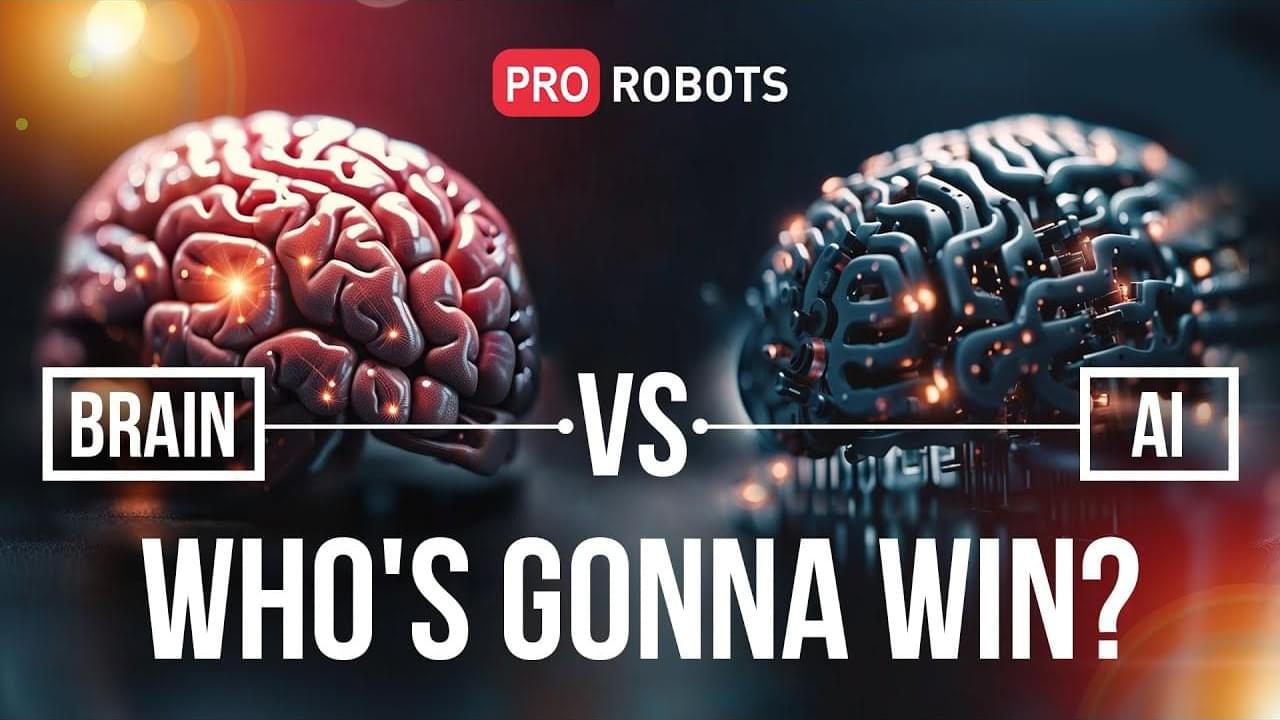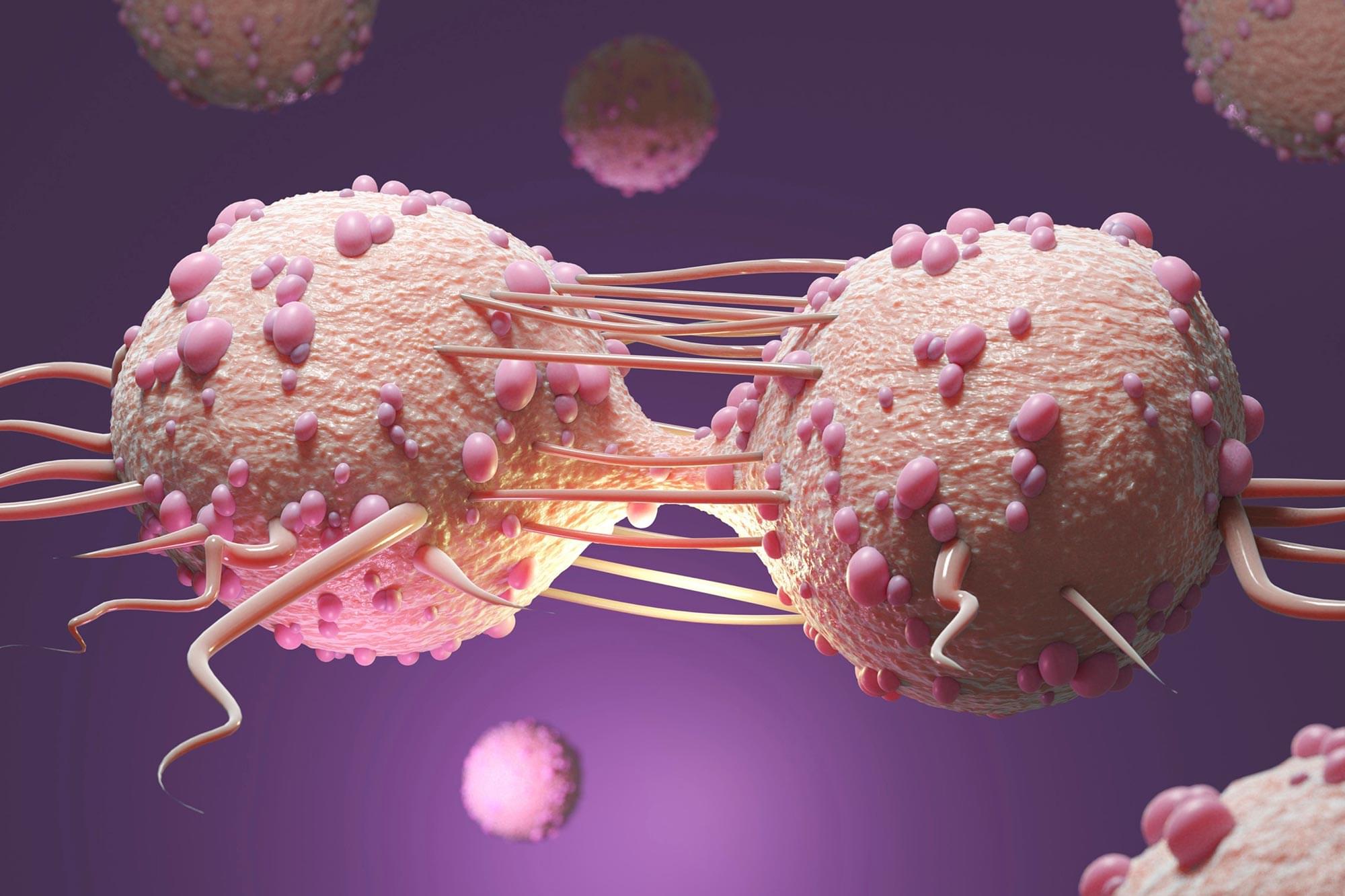Findings indicate that even modest levels of physical activity can be beneficial. Engaging in regular physical activity prior to a cancer diagnosis may reduce the risk of both disease progression and mortality, according to research published in the British Journal of Sports Medicine. Notably, even modest levels of physical activity appear to offer significant benefits, the study suggests.
The Blue Ghost lunar lander has captured its first images of the moon from the spacecraft’s orbit around Earth, the Texas-based company Firefly Aerospace announced this week.
The two images — which the company posted Monday on the social media platform X — features a view of the moon from the top deck of the 6.6-foot-tall (2-meter-tall) lunar lander as well as a snapshot of the celestial orb on its own.
As the spacecraft continues its journey to the moon, with an expected landing date of March 2, Firefly plans to provide regular mission updates, the company said.
“These are among the smallest signals detected by the Swarm mission so far,” Alexander Grayver, a geophysics researcher at the University of Cologne in Germany, said in the statement. “The data are particularly good because they were gathered during a period of solar minimum, when there was less noise due to space weather.”
The Swarm mission has already passed its expected end of life, but researchers hope the satellites will remain operational until the next solar minimum, which will come at around 2030.
The study was published in the journal Philosophical Transactions of the Royal Society A in December 2024.
In today’s AI news, In what would be the largest-ever investment in a startup, Masayoshi Son is preparing to put as much as $43 billion toward Sam Altman’s OpenAI in a pair of transactions. SoftBank is in talks to invest between $15 billion and $25 billion in the ChatGPT maker as part of a blockbuster $40 billion funding round, valuing OpenAI at up to $300 billion.
In other advancements, On Friday, Governor Phil Murphy and Princeton University President Micros released a statement announcing that Microsoft and CoreWeave, the cloud infrastructure company, are joining as founding partners of the NJ AI Hub. Jointly, the partners and the state of New Jersey are expected to invest over $72M.
And, Toronto-based bitcoin miner Bitfarms has enlisted two consultants to explore how it can transform some of its facilities to meet the growing demand for AI data centers. Appleby Strategy Group and World Wide Technology, will analyze its North American sites. They will also advise the company on its computing and AI strategy, while marketing the sites to potential customers.
Then, Link Ventures’ John Werner provides a sneak peek of Google’s Notebook LM running on Gemini 2. He shares a Google blog where Sundar Pichai and others are explaining the building of this agentic technology, they’re talking about “native tool use.” That means that AI entities are going to be able to use tools in the same ways as humans do.
S Tarnopol Dean’s Lecture Series, tech visionary and co-founder of LinkedIn Reid Hoffman joined Dean Erika James to discuss the profound implications of an AI-powered future. Drawing from his book, Superagency, Hoffman presented a roadmap for harnessing AI to empower individuals, and drive societal progress. + Meanwhile, human potential will only accelerate with AI answering questions better and faster than ever before, says Aravind Srinivas, cofounder and CEO of conversational search engine Perplexity. He examines the trends driving new AI-powered tools that nourish curiosity and creativity — and how they might usher in a new era of intellectual growth and discovery.
Provided to youtube by parlophone UK
The Man Machine (2009 Remaster) · Kraftwerk.
The Man-Machine.
℗ 1978, 2009 Capitol Records, LLC. All rights reserved.
“ tabindex=”0” amino acids and incorporated sulfur-based compounds much earlier than previously thought. This challenges long-standing experiments and opens the door to the possibility that extinct genetic codes existed before ours.
Cracking the Code of Life’s Origins
Despite awe-inspiring diversity, nearly all life on Earth — from tiny bacteria to massive blue whales — shares the same genetic code. But exactly how and when this code emerged remains a topic of scientific debate.
Explore the mysteries of Saturn’s moon Titan, a world shrouded in thick atmosphere and icy landscapes. Could this distant moon harbor life beyond Earth? Join us as we delve into the fascinating possibility of life on Titan, from its subsurface ocean to its surface lakes and seas. What secrets lie hidden beneath the surface of this alien world? Let’s dive into the latest discoveries and scientific theories to uncover the truth about life on Titan. Is there life beyond our planet? The search continues…
A Chinese company just created an AI model as powerful as ChatGPT for only $5M — causing NVIDIA’s stock to plummet 17%.
But there’s a darker story I believe nobody’s talking about…
In this deep dive, we uncover:
-How DeepSeek R1 matches OpenAI’s performance at a fraction of the cost.
The idea of creating machines that can think and act like humans is smoothly transforming from fiction to reality. Humanoid robots, digital humans, ChatGPT, and unmanned cars — today there are many applications driven by artificial intelligence that surpass humans in speed, accuracy, efficiency and tirelessness. But only in narrow areas so far.
And yet, this gives us hope to see a real miracle in the near future — artificial intelligence equal or superior to human intelligence in all parameters!
Can AI compare with us? Surpass us? Replace us? Deceive us and pursue its own goals? Today we will tell you how a miracle of nature such as the human brain differs from the main technology of the 21st century — artificial intelligence, and what prospects we have with AI in the future!
The journey of artificial intelligence (AI) is a captivating saga, dating back to 1956 when John McCarthy coined the term at a Dartmouth conference. Through the ensuing decades, AI witnessed three significant booms. Between the 1950s-70s, pioneers introduced groundbreaking neural perception networks and chat software. Though they foresaw AI surpassing human capabilities in a decade, this dream remained unfulfilled. By the 1980s, the second wave took shape, propelled by new machine learning techniques and neural networks, which promised innovations like speech recognition. Yet, many of these promises fell short.
But the tide turned in 2006. Deep learning emerged, and by 2016, AI systems like AlphaGo were defeating world champions. The third boom began, reinforced by large language models like ChatGPT, igniting discussions about amalgamating AI with humanoid robots. Discover more about this fascinating trend in our linked issue.
Our progress in cognitive psychology, neuroscience, quantum physics, and brain research has heavily influenced AI’s trajectory. Especially significant is our understanding of the human brain, pushing the boundaries of neural network development. Can AI truly emulate human cognition?
A study reveals DNA
DNA, or deoxyribonucleic acid, is a molecule composed of two long strands of nucleotides that coil around each other to form a double helix. It is the hereditary material in humans and almost all other organisms that carries genetic instructions for development, functioning, growth, and reproduction. Nearly every cell in a person’s body has the same DNA. Most DNA is located in the cell nucleus (where it is called nuclear DNA), but a small amount of DNA can also be found in the mitochondria (where it is called mitochondrial DNA or mtDNA).
